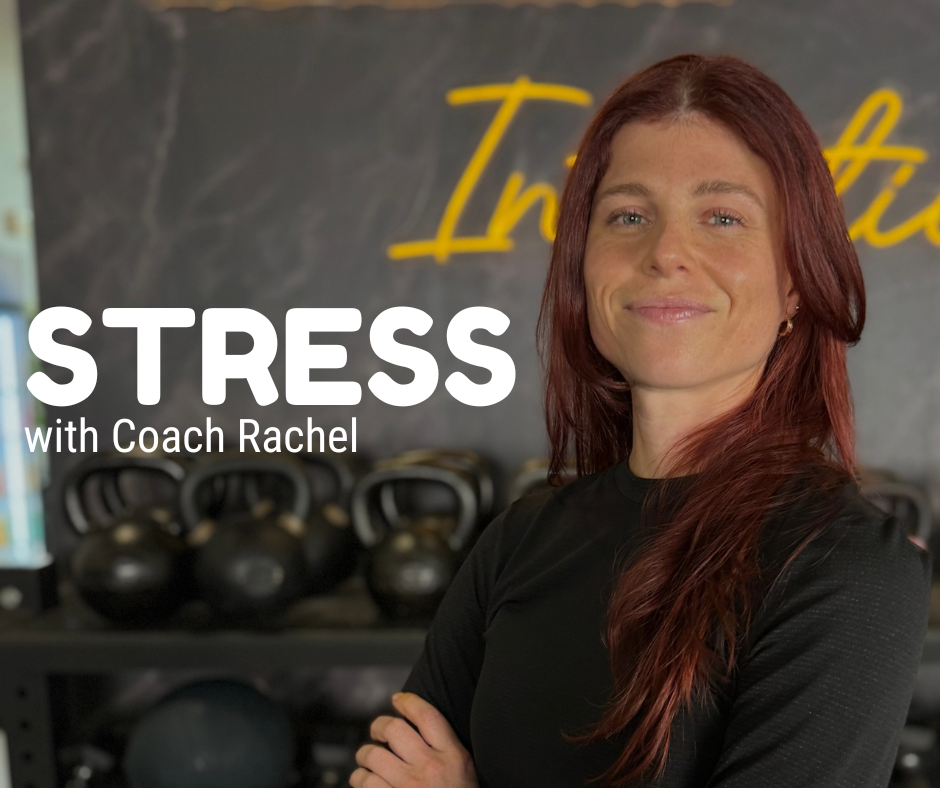
Stress.
How does that word feel in your body?
Where do you feel it?
I invite you to take a moment and check in.
For me, it feels like a ball of tension, right in between my heart and navel.
Stress has become a household name in our day-to-day, and sometimes we don’t realize how it’s showing up in our bodies, until we take a moment to check in with ourselves.
Sometimes it can feel like a rapid heartbeat, shallow breaths, a clenched jaw.
Sometimes it can manifest as racing thoughts, irritability, unable to sleep at 3 am.
Sound familiar?
Since the pandemic, it seems like stress levels have skyrocketed – financial insecurity, loss of loved ones, major life changes. Many of these things we cannot control…
We can, however, learn how to work with what life throws at us. In its most subtle form, stress is an energy. And it is movable. With the right tools, we can learn how to mitigate, move, and transform this energy.
What has truly helped me manage stress has been two things:
- Intentional movement
- Time in nature
Movement
The medicine of movement is that it takes us out of our minds and drops us into our bodies.
The first step is to notice how you feel.
Second, acknowledge how you feel.
Third, move through how you feel.
Choose your modality: dance, shake, sprint, do yoga or go for a walk.
Your body has the capacity to transmute this energy through movement, providing it with an outlet. Move intuitively. Let the worry, anxiety, stress move through you, as you move.
A stagnant body is a stressed body.
Gifting yourself the space to release through movement is so powerful.
Try it, and notice the difference in your body before and after the movement.
Time in Nature
Forests, parks, ocean, rivers.
Studies have shown that being in nature triggers a physiological response in the body that reduces cortisol (infamous stress hormone) and increases endorphins and dopamine (happy hormones).
At the beach, the crashing of waves against the sand produces negative ions, which improves mood and is naturally calming.
The concept that nature has healing properties has been practiced for centuries in several cultures, including in Japan, where they coined the term “shinrin-yoku,” meaning forest bathing. Doctors would recommend their patients to spend time in the forest, knowing that it would reduce stress and have a calming effect on the mind, body, and spirit.
This can be practiced by anyone, anywhere, even with limited access to green spaces. If we can step outside for 10 minutes, breathe fresh air, this will increase oxygen to our brain and calm our nervous system.
The next time you feel stress encroaching, go outside. Close your eyes. Take 5 deep breaths. Notice what happens in your body. What happens in your mind?
Now that you have these tools, put them into practice!
When you feel stressed, ask yourself: Do I need to move, or do I need stillness in nature?
The right answer will come to you.
We don’t have to live constantly stressed; we can live empowered knowing we have the tools to move through it.







One Response
Very insightful. Thanks for sharing!